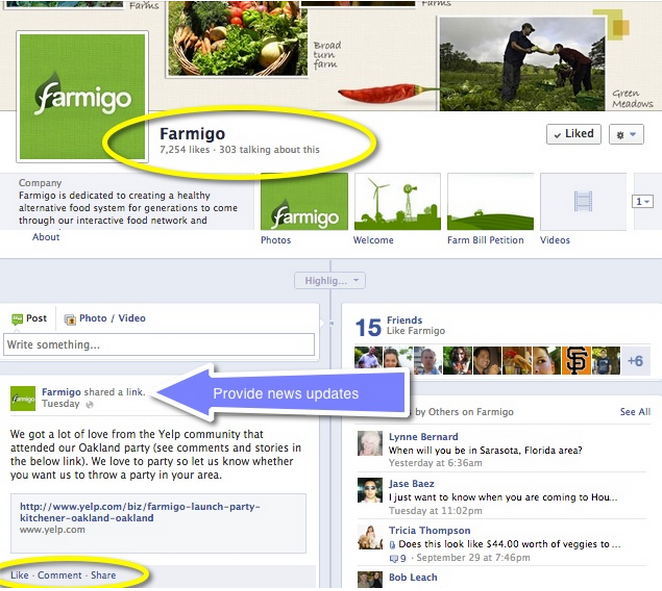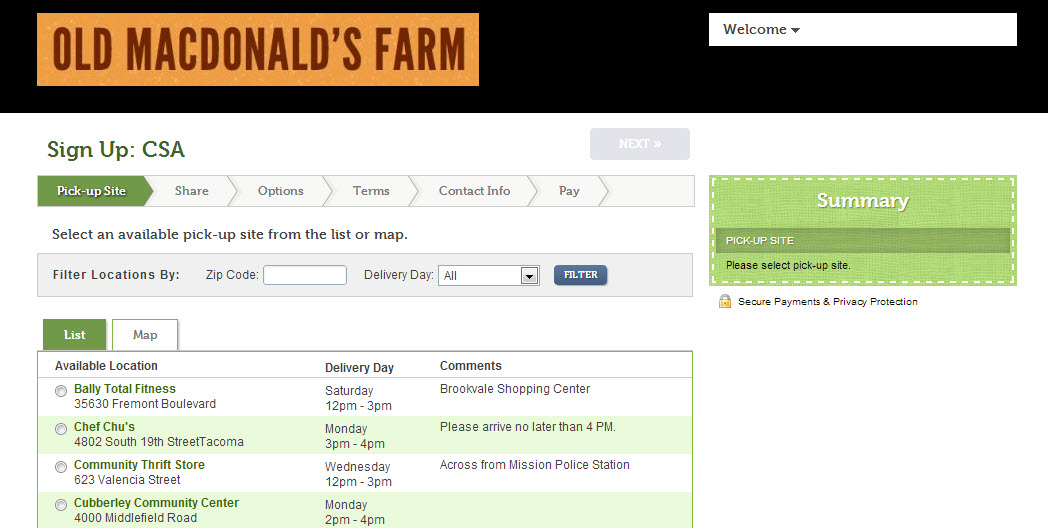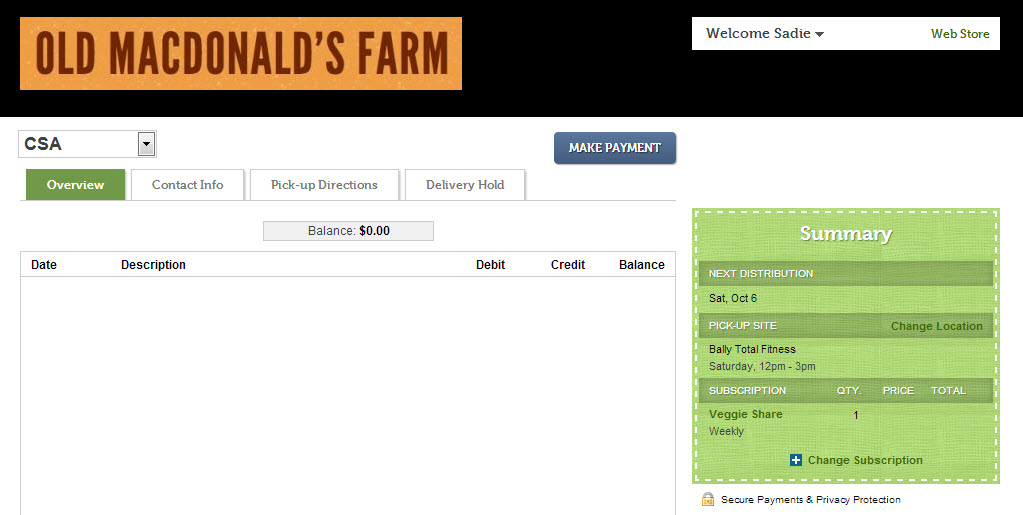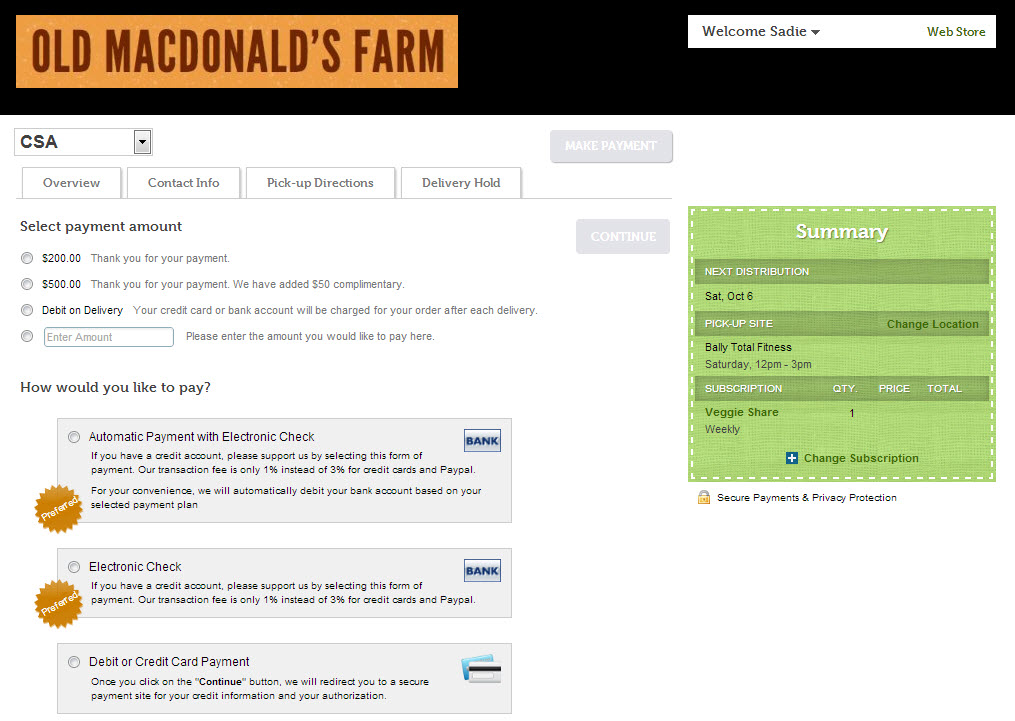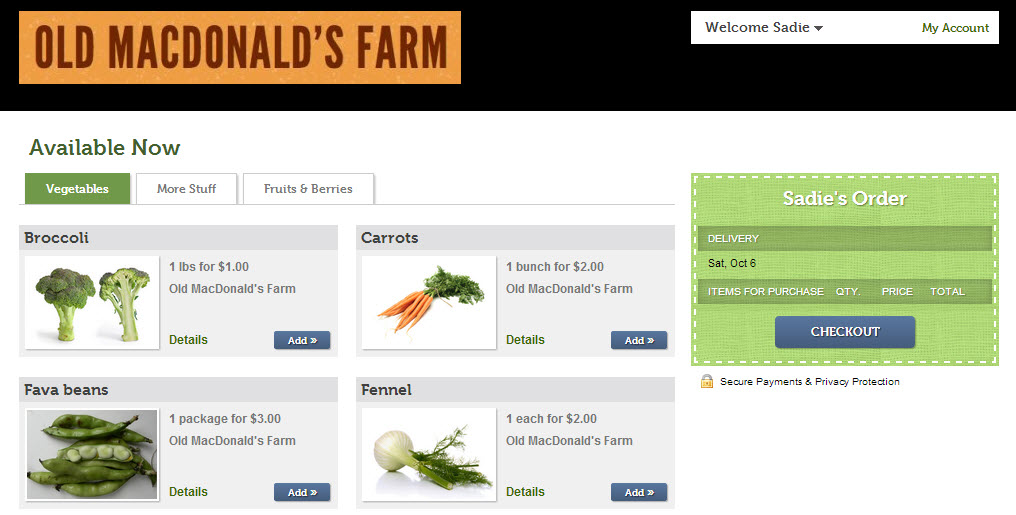Today's tip is the first of a two week series explaining how your schedules interact with the rest of your system.
Week 1: How schedules calculate share price for both seasonal and year round/ongoing systems
Week 2: How schedules interact with routes and locations to determine the number of distributions
These two concepts are tied together and are very important to understanding how to set up and manage your schedules.
Check out the videos below to learn more about how your system calculates share price.
Week 1: How schedules calculate share price for both seasonal and year round/ongoing systems
Week 2: How schedules interact with routes and locations to determine the number of distributions
These two concepts are tied together and are very important to understanding how to set up and manage your schedules.
Check out the videos below to learn more about how your system calculates share price.

